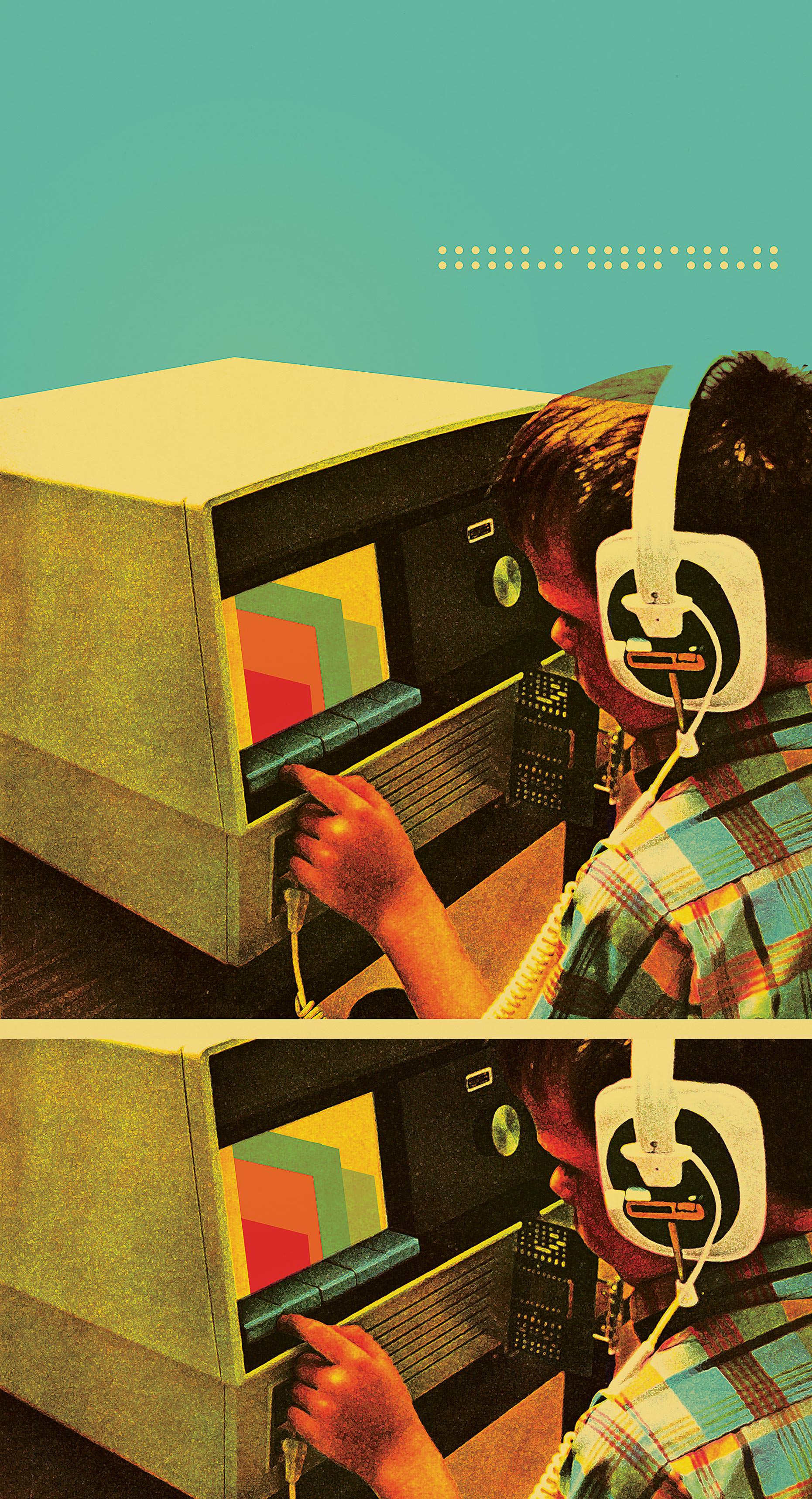Meris, the relatively new L.A.-origin company founded by hardware and software engineers formerly of Strymon and Line 6, has jumped into the world of floor pedals with what may very well be "The Bit Crusher To End All Bit Crushers," as well as a very hi-fi, cinematic-sounding reverb unit.
Ottobit Jr., a pedal variant of the Meris Ottobit 500-series module [Tape Op #109], is a deceptively deep device that comprehensively crushes bits and sequences, all with just six knobs, a handful of microswitches, and a pair of main footswitches. Controls include knobs for continuously variable bit-depth (1–24 bits) and sample-rate (48 Hz – 48 kHz). Depending on settings and how they are combined, these are capable of rendering subtle "warming," unsubtle distortion, robotic ring modulation, low-bit video game glitchiness, and way more. A Filter control is supremely musical (very Moog-like) and can mediate a lot of the wispier bit-crushing artifacts. I wish the Filter knob were bigger, for easier access during live performance, but of course, it is assignable to an expression pedal, so there's that.
Ottobit Jr. would already be a heck of a cool pedal if it stopped there. But the next three knobs operate a six-step sequencer! With a couple of illuminated microswitches, you can choose between pitch sequencing (which can emit melodic, synth-like arpeggios), filter sequencing (seek-wah and tremolo–like patterns), and sample-rate sequencing (which can result in a sort of distorted tremolo). A dedicated Tap footswitch controls the tempo. On top of that, there is a Stutter knob, that sort of "grabs" audio and spits it back out in rhythmic bunches. It can get pretty crazy, and when turned fully clockwise, goes into a very fun "random" mode. Cleverly, an Alt button gives all the pedal's knobs a secondary function when it is held down, enabling specific tuning and programming of the sequencer. Very powerful and space-saving, it allows for infinite tweak possibilities.
I feel a bit handcuffed trying to describe in words some of the sounds and effects that are obtainable with this pedal. Please do yourself a favor and check out any number of demo videos on YouTube to see and hear some of the astonishing things that are possible. It's sometimes difficult to make source audio sound even remotely "normal" with the Ottobit Jr., which of course is part of the fun! I guess the only thing I wish the device had was a "wet/dry" mix control, to allow mixing in a bit of "regular" sound. Easy enough to achieve, of course, with an A/B/Y box, but maybe this seventh knob could go on a wish list for a version 2.0.
Inspired by the iconic soundtrack of the original Blade Runner film, the Mercury7 reverb pedal, based on the company's Mercury7 500-series module [Tape Op #115], is capable of dramatic, shimmering reverbs — ranging from realistic plate emulations, to slow-build cathedral-like atmospheres, to wobbly pitch bending sci-fi drones. There are basically two reverb "starting points" — Ultraplate and Cathedra — selectable with micro buttons near the bypass footswitch. Both can sound like conventional reverbs, but with the addition of pre-send pitch alteration and modulation, some very otherwordly sounds are achievable. You can toggle between one octave down to one octave up, with various intervals in between. Low and high–frequency knobs control the tone and character of the wet signal's decay.
A Swell footswitch enables a slow-attack, reverby effect which is quite beautiful and expressive. Variations of classic backwards effects are possible. And when held down, Swell acts as an infinite sustain; step on the switch and the reverb continues as long as you hold it down. I had fun messing with the other controls in real-time, while holding down Swell. And like Ottobit Jr., Mercury7 has an Alt microswitch that gives all the controls secondary functions, such as pre-delay, vibrato depth, attack time, etc. While Mercury7 can certainly be used in a subtle way, it is geared less toward, say, a conventional pop/rock guitarist (as many reverb pedals are), and more toward a multi-instrumental soundscapist.
Both Ottobit Jr. and Mercury7 are very well made, and sound super-clean and noise-free. Both have stereo inputs and outputs that can handle guitar, keyboard, and line–level. I mostly played guitar when auditioning these units, but certainly bass, synth, drum machine, samples, etc. all work well. Meris plans to have additional MIDI breakout hardware as well as a preset-selector footswitch available for all of its pedals in the near future. This is exciting news, as these options will greatly expand the already vast creative capability, particularly in live performance.




_disp_horizontal_bw.jpg)